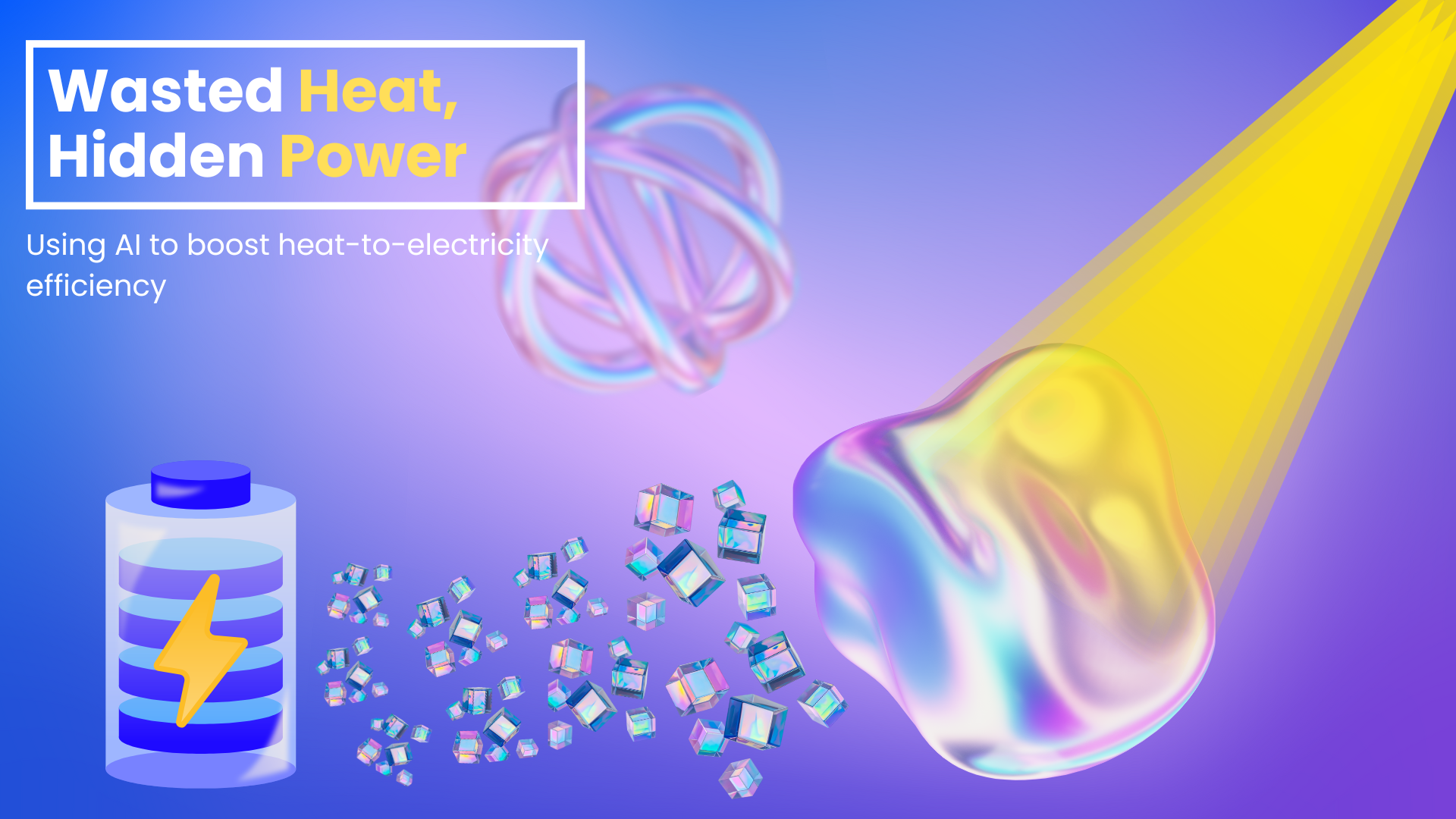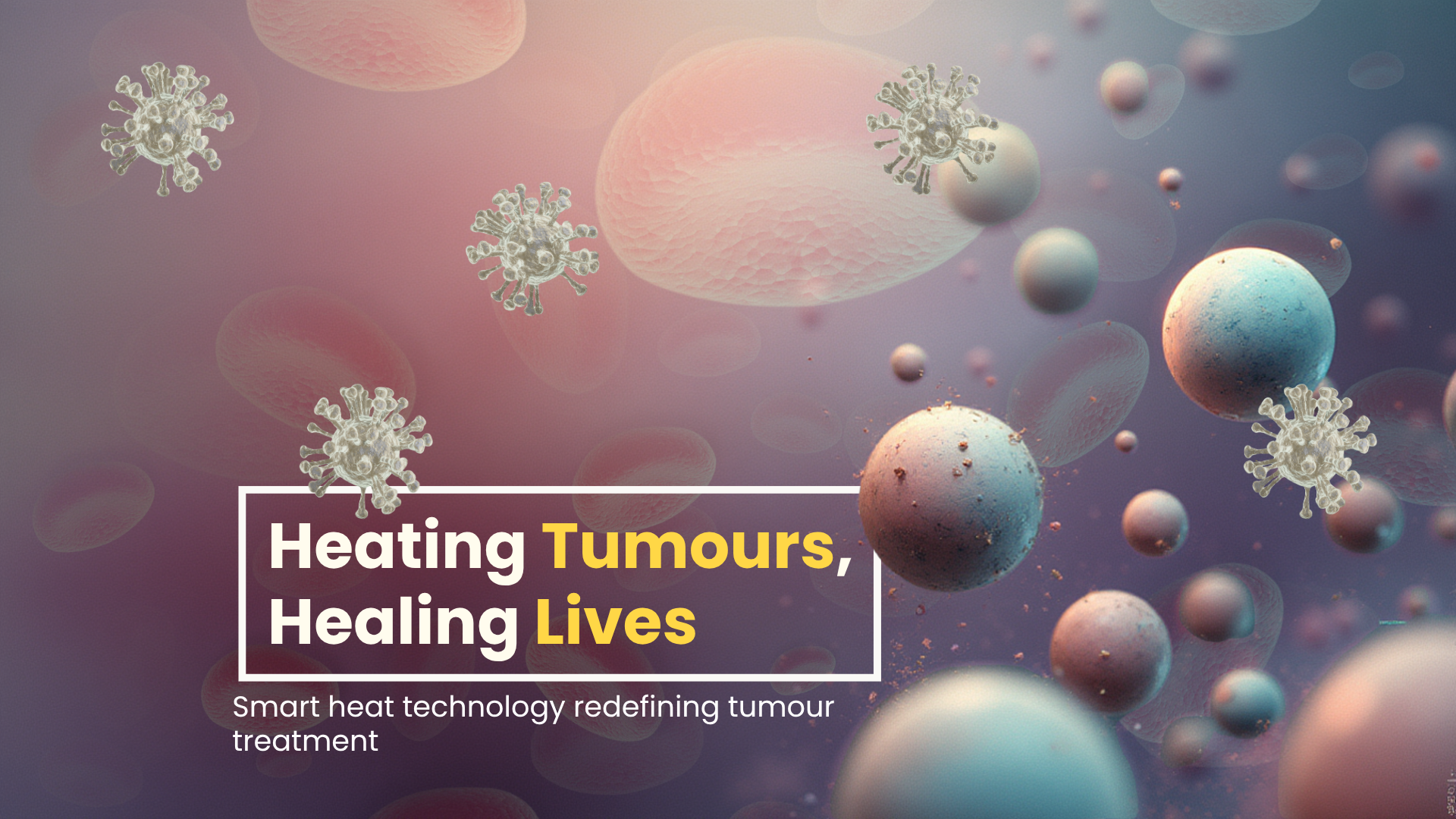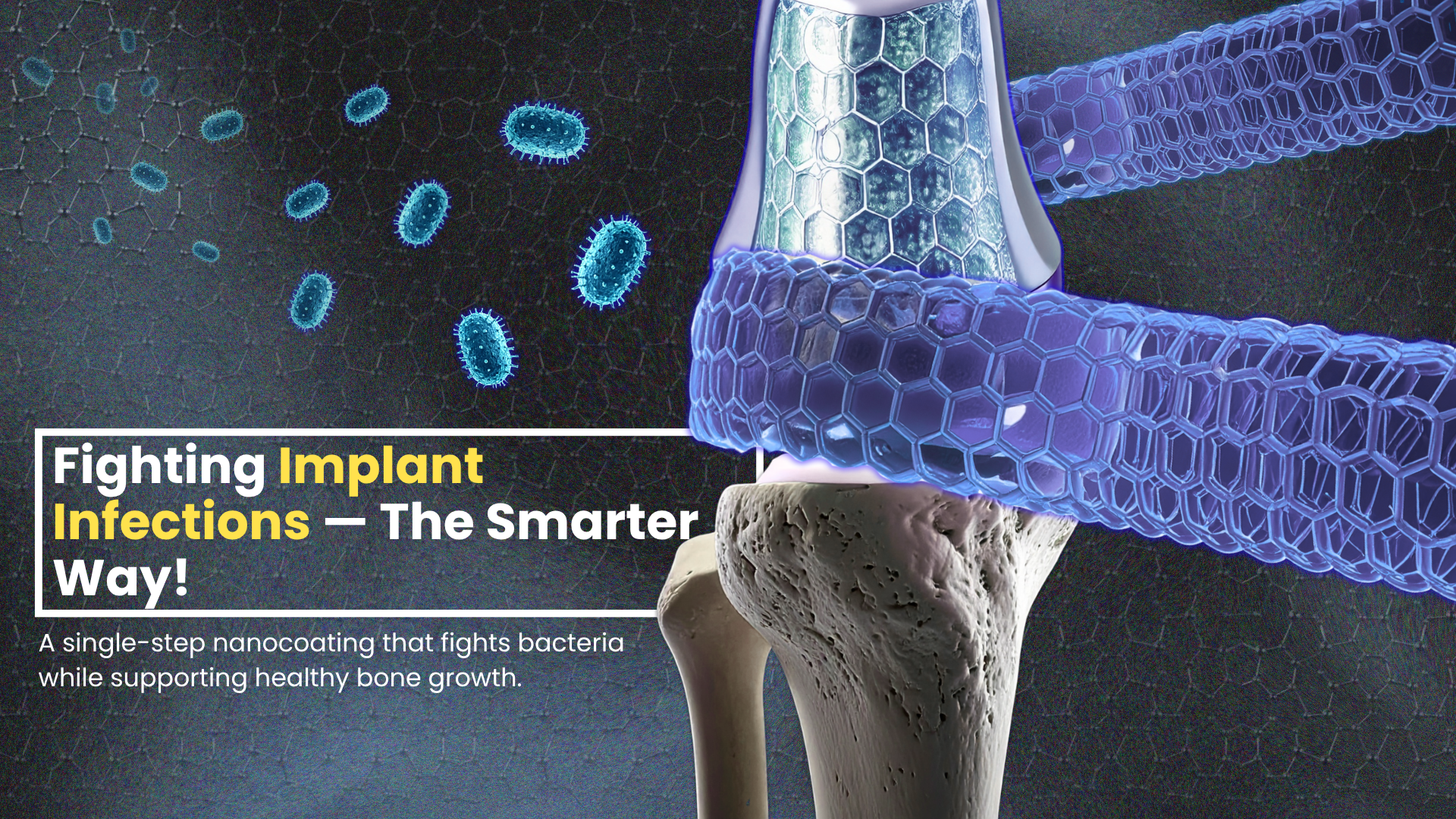
The earth’s subsurface comprises soil and rocks, collectively known as geomaterials. The soil or rock minerals are formed due to diverse biogeochemical processes over geological time scales. Besides, these geological materials are the primary construction materials that transfer superstructure loads from various structures to the competent foundation layers. Moreover, the geomaterials can reside fluid within the pores as they are porous and can bear the loads until the limit state (i.e., strength) and have the ability to allow the fluid to pass through within the pore network (i.e., permeability). Generally, the naturally available soil deposits have inferior hydraulic and mechanical characteristics and need improvement to meet the design requirements of infrastructures in terms of strength and permeability. However, conventional soil stabilization techniques require a lot of energy or contaminate the geoenvironment. Therefore, there is a strong need for environmentally friendly, sustainable ground stabilization methods.
Nevertheless, the earth’s geosphere is a kingdom for insects and microbes, which are omnipresent and constantly in motion, residing within the subsurface. As a matter of fact, one gram of soil can contain a few billion microorganisms. Some of these microorganisms in the ground interact with the soil minerals and release enzymes through the hydrolysis of carbon and nitrogen. The released enzymes precipitate calcium carbonate with the available calcium source, forming a natural biocement (calcite). The precipitated biocement will enhance the strength of the geomaterial through bridging and bonding particles and reduce the soil permeability through pore clogging.
Inspired by the process of natural biocementation, the microbially induced calcite precipitation (MICP) process emerged as a sustainable method to biocement poorly graded geomaterials for various geotechnical engineering applications. During the MICP treatment, the urease-producing bacteria ‘Sporosarcina pasteurii’ with a high specific urease rate is commonly employed to catalyze the urea’s hydrolysis to produce ammonium and carbonate ions. In the availability of the calcium source, the biochemical reaction precipitates the calcium carbonate within the soil pores, thereby altering the hydro-mechanical performance. Because of these advantages, biocementation has been beneficial in several field applications such as groundwater remediation, erosion control, ground strengthening, minimizing leaks from a carbon-sequestrated aquifer and slope stabilization.
However, during the MICP treatment, the precipitated biocement on the soil solids also covers already attached bacteria to the grains. This leads to bacteria inactivation for the reaction with chemicals in the pore fluid. This phenomenon is called bacterial encapsulation, where the accumulated calcium carbonate limits the urea hydrolysis rate. Capturing the encapsulation phenomenon requires interdisciplinary knowledge of biology, chemistry, hydraulics, and mechanics to understand the coupled bio-chemo-hydro-mechanical (BCHM) mechanisms. This is because the flow, transport, reaction and deformation processes within the soil mass influence the cementation levels obtained during biocementation. However, understanding the BCHM processes is challenging and time-consuming on a laboratory scale.

Consequently, a numerical model is essential to comprehend the MICP process and its individual and coupled effects. Although there are numerical models representing the mechanisms controlling biocementation, they usually consider reaction kinetics unaffected by the encapsulation phenomenon. This results in inappropriate predictions in calcite production to a greater extent. At the same time, the biochemical reaction rate kinetics, accounting for the influence of bacterial encapsulation on the urea hydrolysis rate, are not available in the state-of-the-art. Therefore, the current study paved the way for developing an accurate model that includes bacterial encapsulation effects. In this study, the authors Mr. Pavan Kumar Bhukya, Ms. Nandini Adla, and Prof. Dali Naidu Arnepalli from the Department of Civil Engineering, Indian Institute of Technology Madras, Chennai, India, have developed a coupled BCHM model to capture the encapsulation phenomenon during biocementation. The developed numerical model incorporated the negative influence of encapsulation on the rate of biocement precipitation. Above and beyond, the authors captured the encapsulation phenomenon and its coupled effects. It was found that the encapsulation phenomenon significantly influenced the amount of calcite precipitation. The authors suggested that similar simulations must be performed by including encapsulation’s influence on the reaction rate to represent realistic conditions of the MICP treatment process. The present study enhanced the mathematical framework and paved the way for an improved numerical modelling scenario for future research.
Dr. Xuerui Wang, who is a research scientist at the Site Selection Department, Society for Plant and Reactor Safety (GRS) gGmbH, Braunschweig, Germany, confirmed the importance of this study with the following comments: “Sustainable stabilization techniques, such as microbially induced calcite precipitation (MICP) are indispensable to replace chemical soil stabilization practices. The study conducted by Prof. Arnepalli’s research group developed a coupled bio-chemo-hydro-mechanical (BCHM) model focusing on understanding the encapsulation phenomenon during biocementation. Their study highlighted the necessity of considering encapsulation and its influence on the bio-chemo-hydro-mechanical behaviour during MICP treatment. Besides, the study innovatively attempted to include micro-scale parameters such as maximum calcite crystal size into the BCHM modelling framework. The presented results also quantified the effect of encapsulation on the calcium carbonate content, which is an essential outcome of the MICP treatment. Overall, it is an excellent study and provides insights into the mechanism of encapsulation at play when the biocementation initiates in the pore spaces of the soil.”
Article by Akshay Anantharaman
Click here for the original link to the paper










